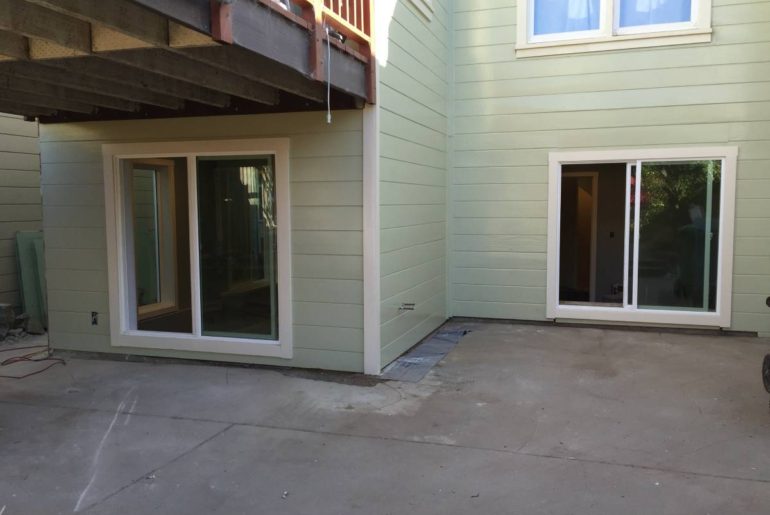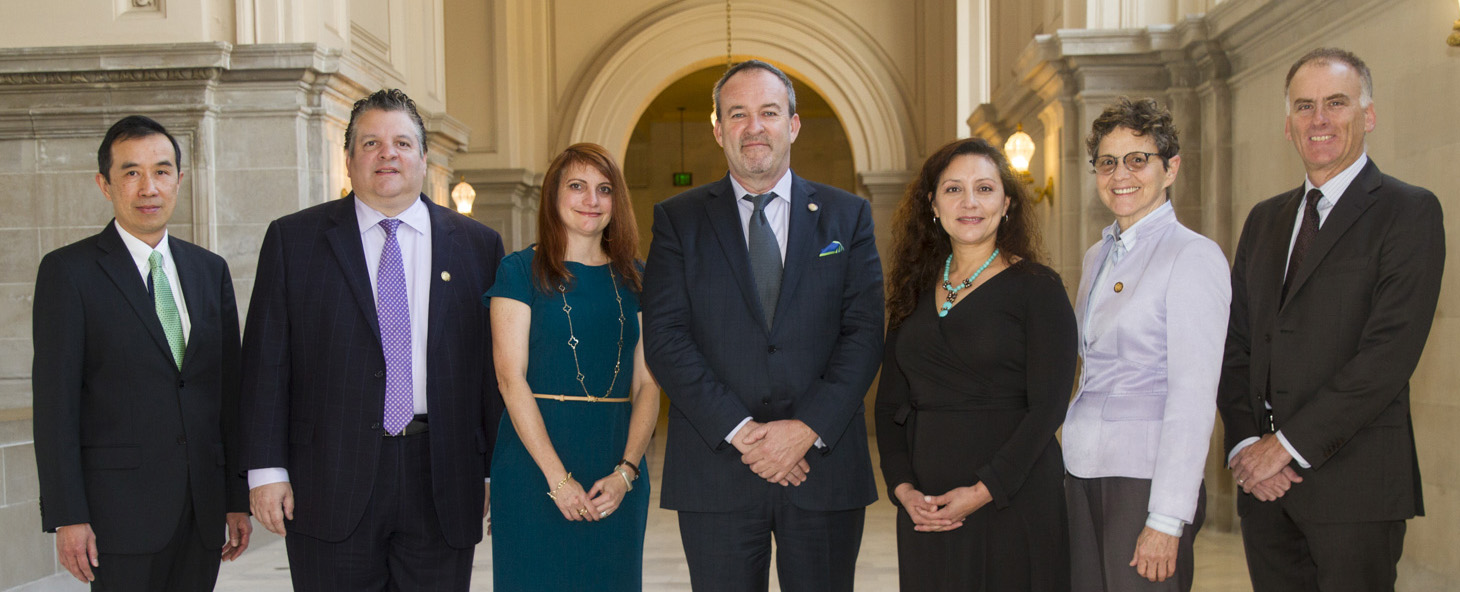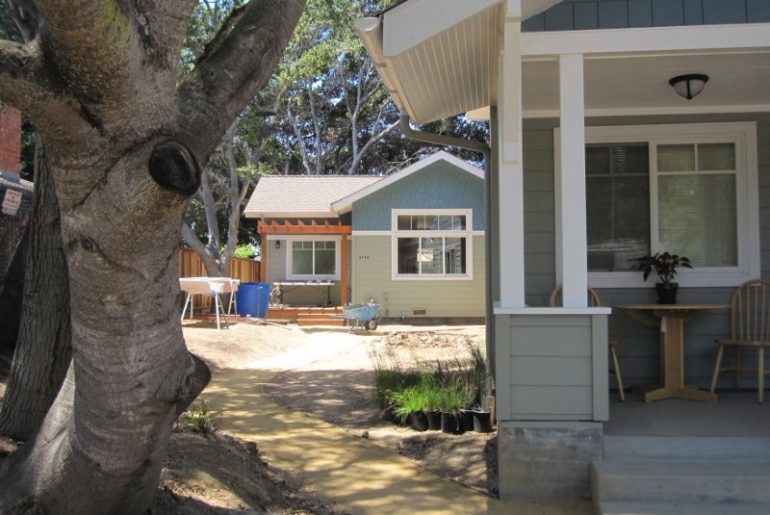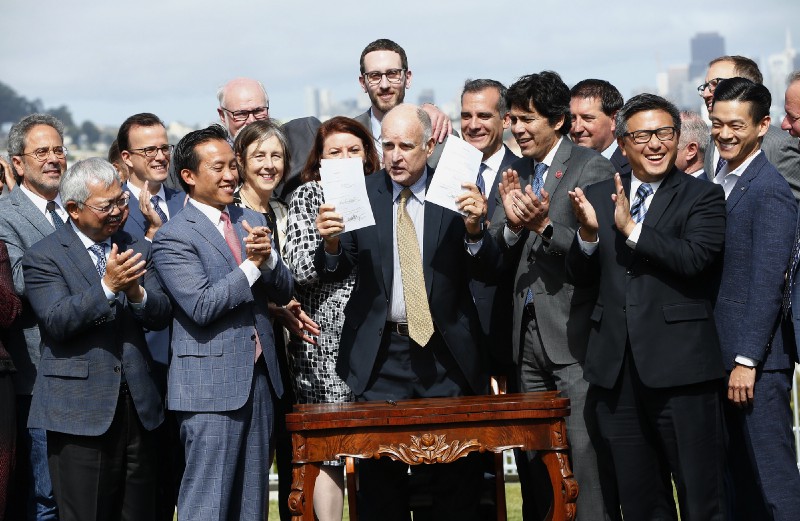Everyone likes a comeback story, and at the risk of being wrong twice, we see a comeback story being unfolded.
Accessory Dwelling Units, also known as ADUs, granny flats, secondary units or cottages, are pint-sized units added to a property inside the envelope of an existing building and are typically developed in an underutilized area such as a garage, lower level storage area, attic space and the like. Traditionally, these compartmentalized units have been used to house relatives, but have been lumped into a larger public policy of increasing affordable housing stock, period.
In theory, these small dwellings could be a solution to California’s housing shortage because of their low cost and immediate feasibility, but in the real world, ADU projects have been costly and lengthy. We are encouraged, though, that the needle of progress is finally moving in the right direction.
We came across this scholarly report prepared for the San Francisco chapter of the Urban Land Institute entitled, “Jumpstarting the market for accessory dwelling units.” Drawing from the successes in Seattle, Portland and Vancouver, the study concludes, among other things, that making loans more accessible to more homeowners will spur ADU production.
The study also observes that city-approved manuals detailing the regulatory, design and project management processes furnished to homeowners, coupled with technical assistance and promotional efforts would likely help boost production.
San Jose, for one, got the memo and is taking the charge by releasing pre-approved floor plans for minimalist prefab homes. But, the pot is sweetened by a newly minted, city-funded loan program that would put $20,000 into the budgets of eligible homeowners to drop these pint-sized into backyards throughout the city.
Redwood City-based Abodu was the chosen one in designing the first round of pre-approved ADUs for San Jose households, and you can get a glimpse into the 495-square foot home here. For the price tag of $199,000, you can have a backyard cottage delivered and installed within two weeks.
San Diego has also been an early adopter and San Diego County Supervisor Dianne Jacob makes her case for slashing the red tape and cost barriers attendant to ADUs to make a dent in solving housing needs.
Up until the 911 calls for increased housing stock, land-use policy remained sacrosanct, no matter how dysfunctional the outcome.
Through carrots and sticks, the state has attempted to cajole housing-starved municipalities to take sensible steps toward slashing regulations surrounding ADUs, but a recent spate of laws has increasingly taken the form of a cudgel. Legislators have removed burdensome regulations like minimum lot sizes and setback requirements and have allowed up to two ADUs on every single-family lot. Senate Bill 13, meantime, axes owner-occupancy requirements and limits impact fees.
Even in San Francisco, the capital of burdensome rules for owners, lawmakers have unanimously voted for a pilot program to waive Department of Building Inspection fees for ADUs, though the effective date has yet to be announced. For its part, though, the city has prepared an extensive guide with the attempt to sell the benefits of ADUs.
Our takeaways
As pioneers in navigating the permitting and legal complexities of constructing Accessory Dwelling Units or legalizing units in the shadows, Bornstein Law is encouraged that California and local municipalities have put away the scalpel and are taking a machete to convoluted city permits, exorbitant fees and other red tape.
Refreshingly, while we normally refer to added regulations when we cite a new regulatory regime, the one upon us now has peeled back onerous rules and so it may be time to reconsider whether building or legalizing an ADU makes more sense today. Of course, you can count on Bornstein Law to help you evaluate the risks an opportunities involved.






